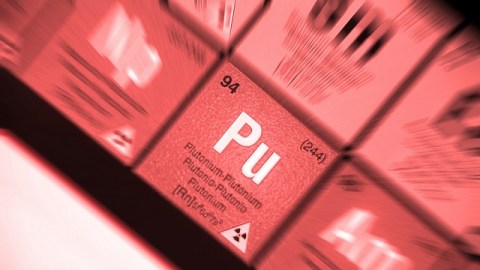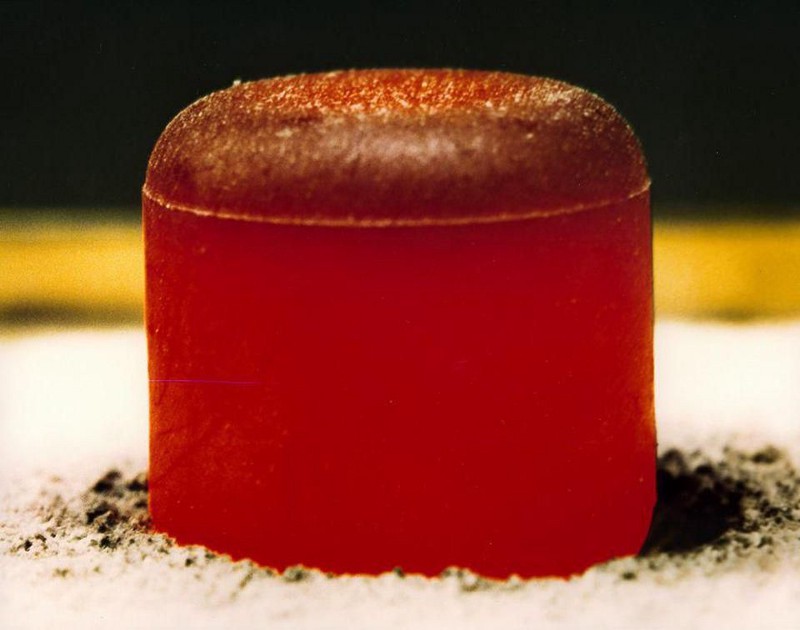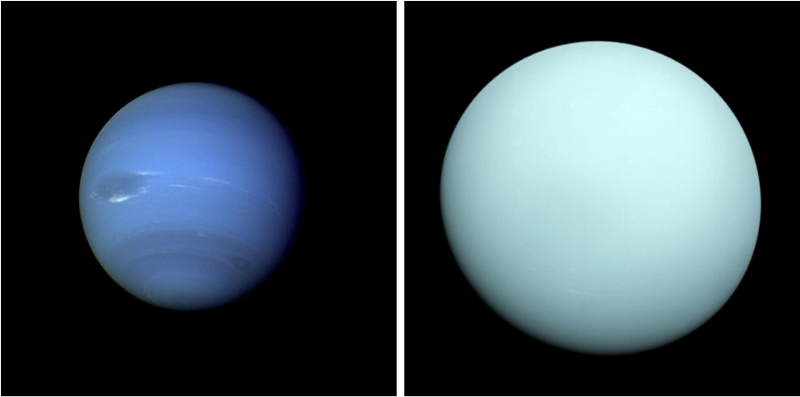US DOE Gets Back Into The Plutonium-238 Game

What’s the Latest Development?
For the first time in 25 years, the US Department of Energy (DOE) has begun making plutonium-238, the radioactive isotope traditionally used to power spacecraft ranging from the Voyager probes to the Mars Curiosity rover. Production is still in the early stages, with engineers creating small amounts by irradiating neptunium-237 with neutrons, but NASA division head Jim Green said that the DOE should be able to provide enough plutonium-238 to meet the agency’s needs — estimated at 1.5 to 2 kilograms per year — over the next several decades.
What’s the Big Idea?
The heat emitted from plutonium-238 is converted to electricity with a radioisotope thermoelectric generator (RTG), which has long served as a reliable and practical source of spacecraft power. Since 1988, the US has received its supply from Russia, but the last shipments arrived in 2010, and now some scientists estimate that the current stockpile is “alarmingly low.” In addition to restarting plutonium-238 production, NASA and the DOE are developing an upgrade to the RTG, the Advanced Stirling Radioisotope Generator, that will use the isotope more efficiently.
Photo Credit: Shutterstock.com





